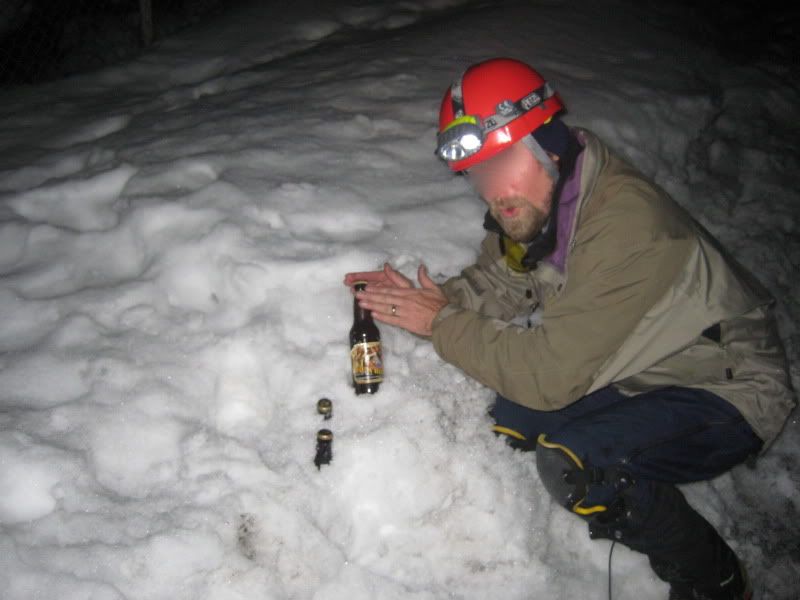Don't know about Norway, but the rest of the world snow is a great insulator and will keep you at a constant ambient temperature if you can get into it and just keep an insulating layer between you and the snow. Hanging in a hammock with cold air under you is going to kill you. Repeat KILL you. Stay out of the wind! Sled dogs and most wild animals in severe winter climates use the snow as an insulator. Sled dogs sleep in snow, ice caves are good, wind is bad, when I go ice climbing I stick all of my beer and water bottles under the snow and they do not freeze during the day as the snow keeps them insulated. Leave them in the wind and they quickly are Barley & Hoppcicles! Don't sleep in the wind and become a Barley&Hoppcicle!
If you really want to learn about cold weather camping go to an alpine of ice climbing website.
My hidden horde

My perfectly chilled precious having survived 14 hours under the snow 5am to 7pm and not frozen

Last edited by M4Fundi; 12-30-12 at 03:25.
"First gett'n shot, then gett'n married... baaaad habits"
"If you're gonna subscribe to hero worship, at least worship a real hero."
M4Guru
Gal 2:20



 Reply With Quote
Reply With Quote








Bookmarks